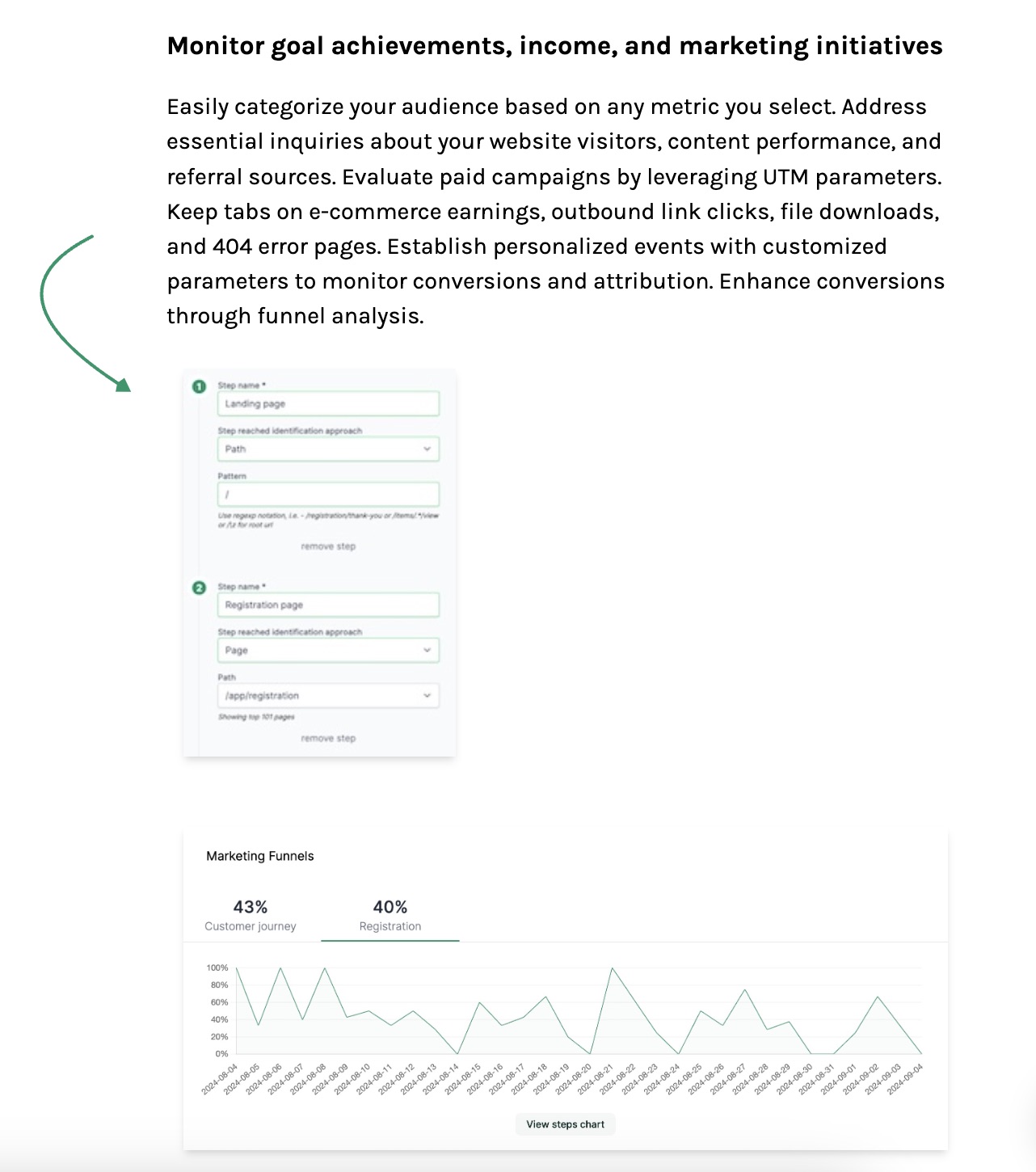Why You Should Ignore GA4 Engagement Rate and Choose Void Analytics Instead
Published on 2024-04-30
When it comes to tracking user engagement on your website or app, Google Analytics 4 (GA4) is often the go-to solution for many businesses. However, there's one metric in GA4 that you should be cautious of - the engagement rate. In this blog post, we'll delve into why the engagement rate in GA4 may not be as reliable as you think and why you should consider using Void Analytics instead.
The Problem with GA4 Engagement Rate
The engagement rate in GA4 is calculated based on a combination of metrics such as session duration, pages per session, and events triggered. While this may seem like a comprehensive way to measure user engagement, it has its limitations. One of the main issues with the engagement rate in GA4 is that it can be easily manipulated.
For example, if a user leaves their browser open on a webpage for an extended period without actually engaging with the content, GA4 may still count this as a session and factor it into the engagement rate. This can lead to inflated engagement metrics that don't accurately reflect the true level of user interaction on your site.
Another concern with the engagement rate in GA4 is that it relies on sampled data. This means that not all user interactions are captured and calculated in real-time, leading to potential inaccuracies in the reported engagement rate. Additionally, the engagement rate in GA4 doesn't provide a clear picture of the quality of user interactions or the level of user satisfaction.
Why Choose Void Analytics
Instead of relying on the engagement rate in GA4, consider using Void Analytics for a more accurate and reliable measurement of user engagement. Void Analytics offers three key features that set it apart from GA4 and make it a superior choice for tracking user interaction on your website or app.
Simplicity
One of the main advantages of Void Analytics is its simplicity. The platform is designed to be user-friendly and easy to navigate, making it accessible to users of all skill levels. With Void Analytics, you can easily track key metrics such as page views, bounce rate, and conversion rate without getting lost in a sea of data.
Privacy Friendly
Void Analytics prioritizes user privacy and data protection. Unlike GA4, which collects and stores large amounts of user data, Void Analytics takes a privacy-first approach by anonymizing user information and minimizing data collection. This not only helps to protect user privacy but also ensures compliance with data protection regulations such as GDPR.
Not Sampled Data
One of the biggest drawbacks of GA4 is its reliance on sampled data, which can lead to inaccuracies in reporting. Void Analytics, on the other hand, provides real-time data tracking without sampling, giving you a more accurate and comprehensive view of user engagement on your site. This means you can make more informed decisions based on reliable data.
Conclusion
While GA4 may be a popular choice for tracking user engagement, the engagement rate metric in GA4 has its limitations and may not provide an accurate reflection of user interaction on your site. Instead, consider using Void Analytics for a more reliable and privacy-friendly alternative. With its simplicity, privacy-friendly approach, and real-time data tracking, Void Analytics offers a superior solution for measuring user engagement on your website or app. Make the switch to Void Analytics today and see the difference for yourself!

